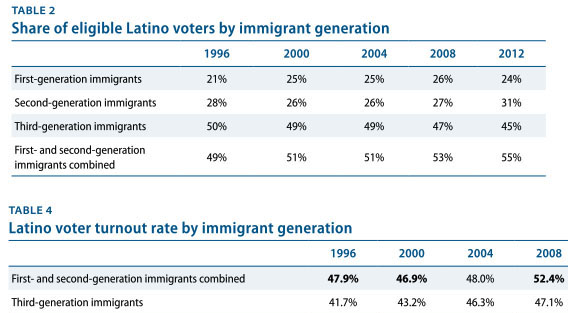I got into an email argument with Greg Sargent yesterday over my belief that immigration reform has been “dead” for months and remains dead following Eric Cantor’s primary defeat. His view is a little more nuanced: it could pass anytime John Boehner allows it to come up for a vote, so it’s not really right to simply call it dead. As it happens, that strikes me as a distinction with barely a difference. The bulk of the Republican Party is dead set against immigration reform, and no party leader is going to buck that. In every practical, political sense, then, it’s dead. And since this is my blog, I get the last word.
However, one of the fundamental issues here is the size and intensity of the pro-immigration wing of the GOP. This includes business interests, law enforcement, evangelicals, etc., and my take is that they have neither size nor, especially, intensity on this issue. That’s why immigration reform has gone nowhere. But there is one other pro-immigration faction that matters: the party establishment, which believes that unless they do something to win back a share of the Latino vote, they’re doomed forever in presidential contests. But how scared are they of this? And how scared should they be?
A new report from the Center for American Progress suggests they’re pretty justified in being scared. Immigration reform is an especially salient voting topic for first- and second-generation immigrants, and that group has two important characteristics: (a) it’s growing as a share of the Latino population, and (b) it’s turning out to vote in ever higher numbers:

Republicans may be able to hold onto Congress for a while longer in the face of numbers like these, but winning the presidency is going to get harder and harder. Not impossible. But that’s a mighty big headwind, and it’s getting stronger every year.

















